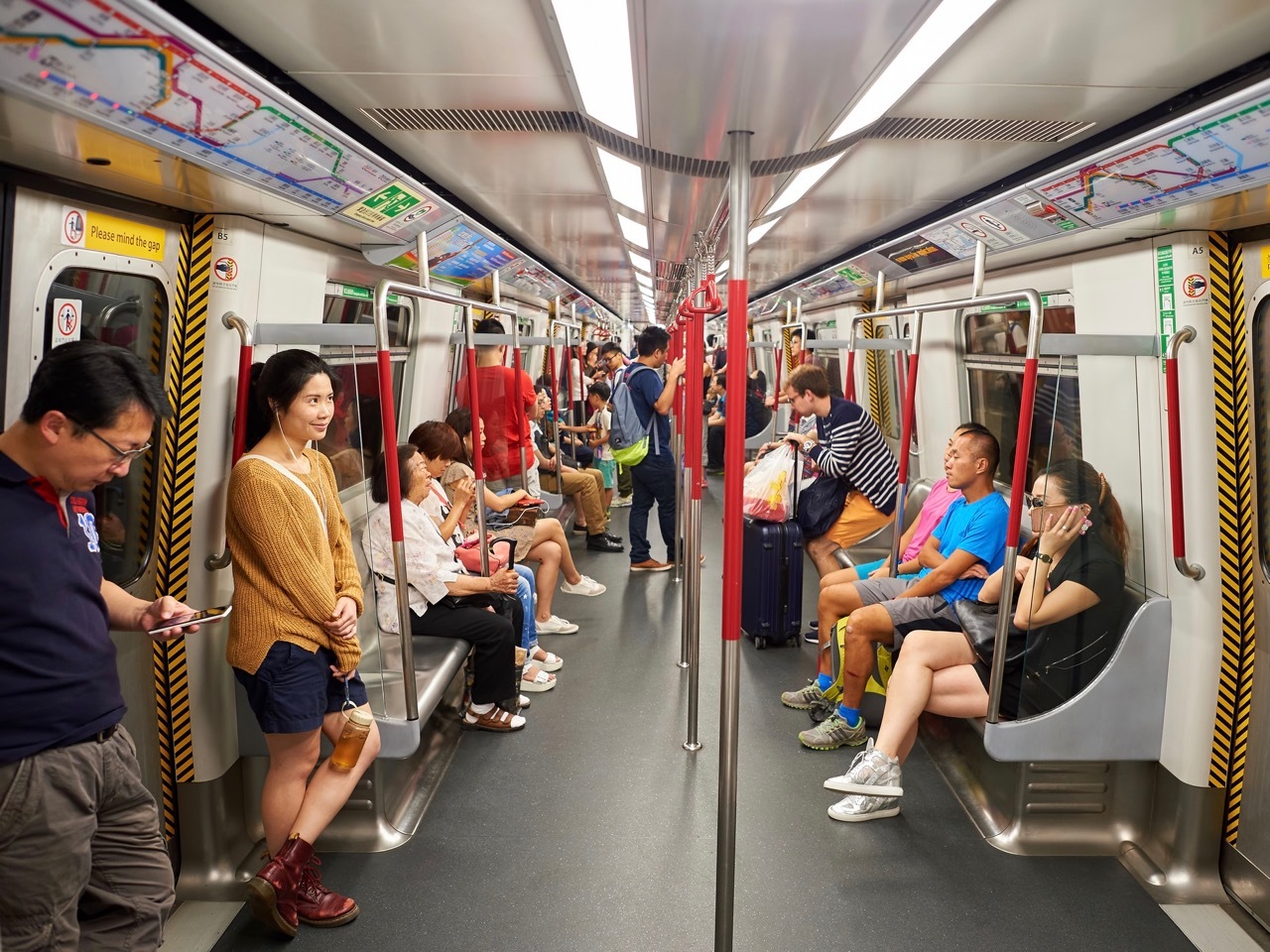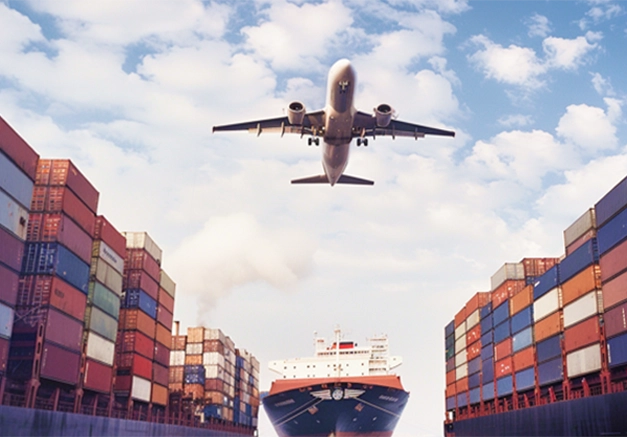
High-speed rail has revolutionized transportation systems worldwide, offering rapid and efficient travel options. However, like any technological advancement, it is not without its drawbacks. In this blog post, we will delve into the disadvantages of high-speed rail, exploring various aspects that warrant careful consideration.
- High Initial Investment:
One of the primary disadvantages of high-speed rail is the substantial upfront cost required for infrastructure development. Building dedicated tracks, stations, and acquiring advanced train sets demand significant financial resources. This investment can pose a challenge for countries or regions with limited budgets, potentially diverting funds from other crucial sectors such as healthcare or education. - Limited Accessibility:
While high-speed rail networks connect major cities and urban centers, they often bypass smaller towns and rural areas. This limited accessibility can create a disparity in transportation options, leaving certain regions underserved. Additionally, the need for dedicated tracks restricts the flexibility of routes, making it challenging to cater to specific locations or adapt to changing demands. - Environmental Impact:
Although high-speed rail is generally considered a greener alternative to air travel, it is not entirely devoid of environmental consequences. The construction and maintenance of rail infrastructure can lead to habitat fragmentation, deforestation, and disruption of ecosystems. Moreover, the energy required to power high-speed trains, especially in countries heavily reliant on fossil fuels, can contribute to carbon emissions and air pollution. - Land Acquisition and Displacement:
Expanding high-speed rail networks often necessitates acquiring land, which can result in the displacement of communities and disruption of livelihoods. This process can be particularly challenging when dealing with densely populated areas or culturally significant sites. Proper planning, community engagement, and fair compensation are essential to mitigate these negative social impacts. - Maintenance and Operational Costs:
High-speed rail systems require regular maintenance to ensure safety and efficiency. The cost of maintaining tracks, trains, signaling systems, and other infrastructure components can be substantial. Additionally, operational expenses, including staffing, energy consumption, and ticketing systems, contribute to the overall financial burden. These ongoing costs must be carefully managed to ensure the long-term sustainability of high-speed rail networks.
Conclusion:
While high-speed rail offers numerous advantages, it is crucial to acknowledge and address its disadvantages. By understanding the financial, accessibility, environmental, social, and operational challenges associated with high-speed rail, policymakers and stakeholders can make informed decisions to maximize its benefits while minimizing its drawbacks. Striking a balance between progress and sustainability is key to harnessing the full potential of this transformative mode of transportation.




